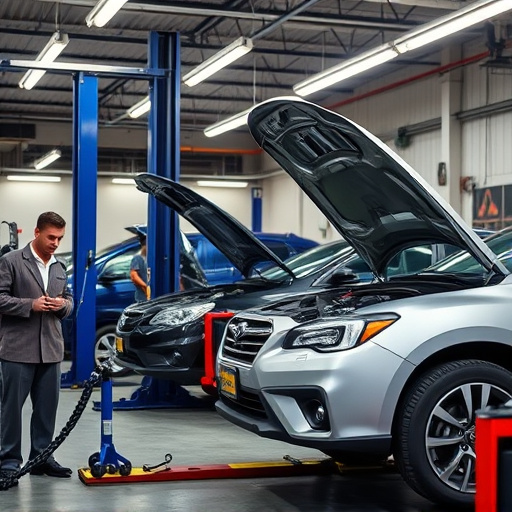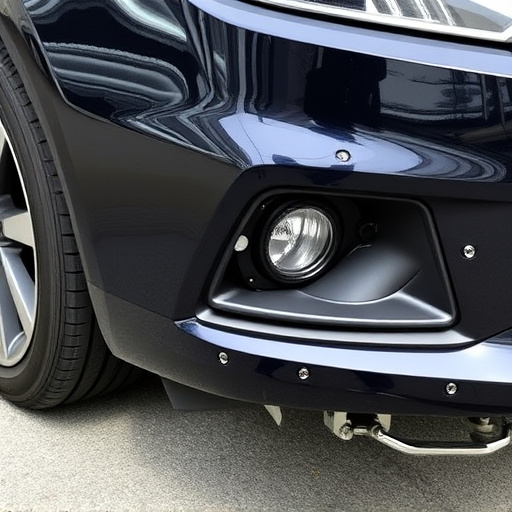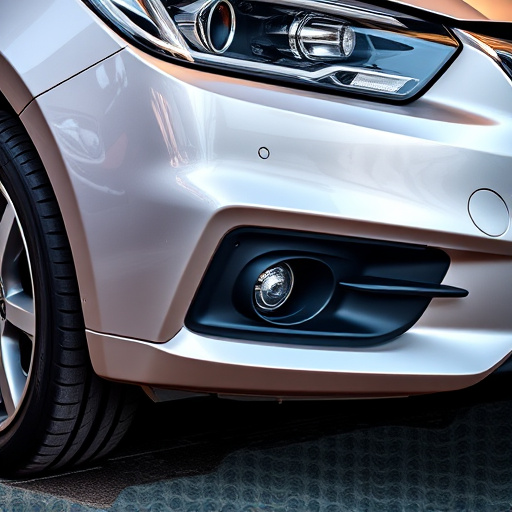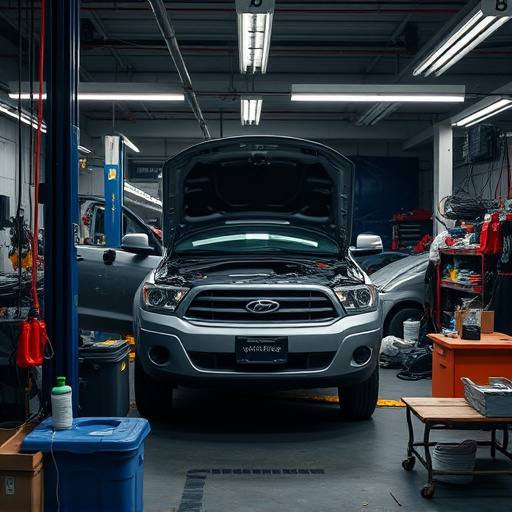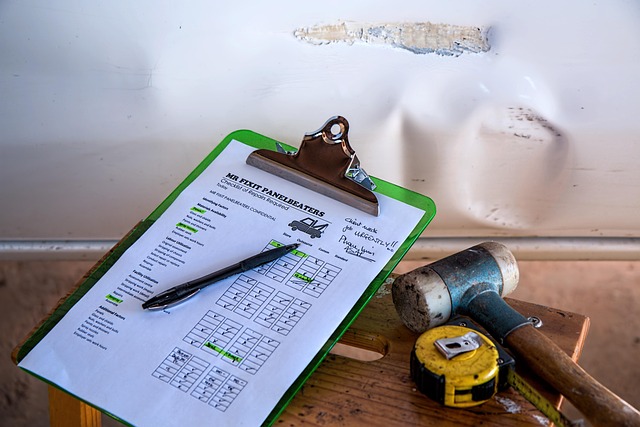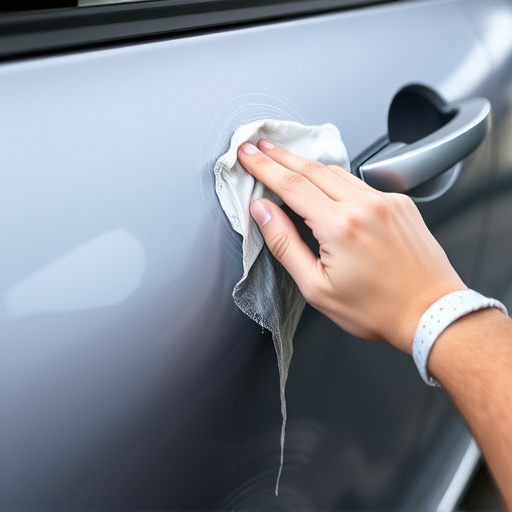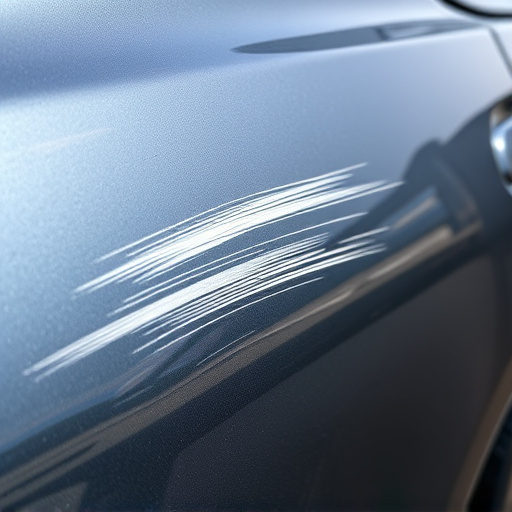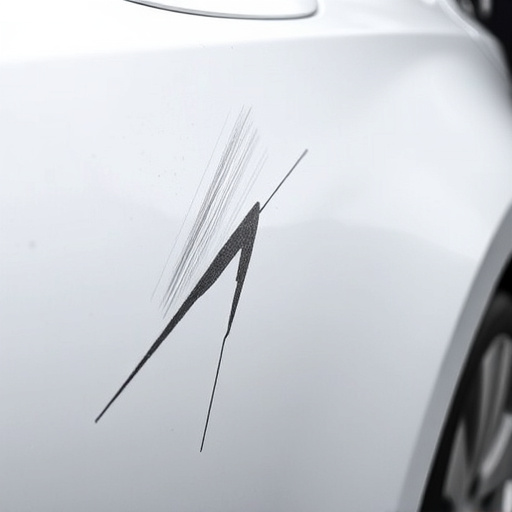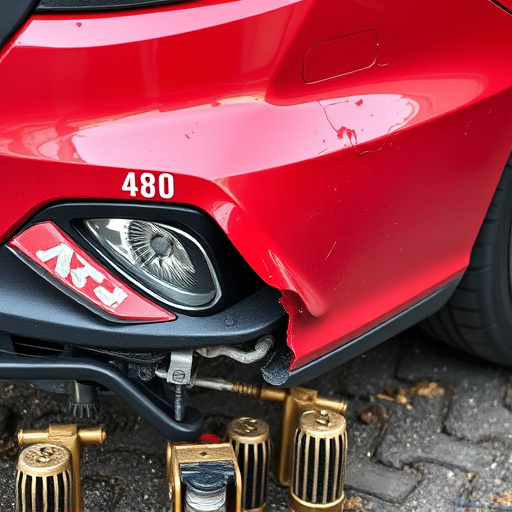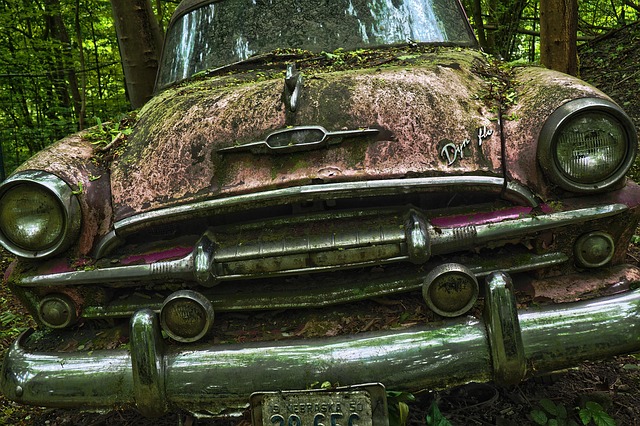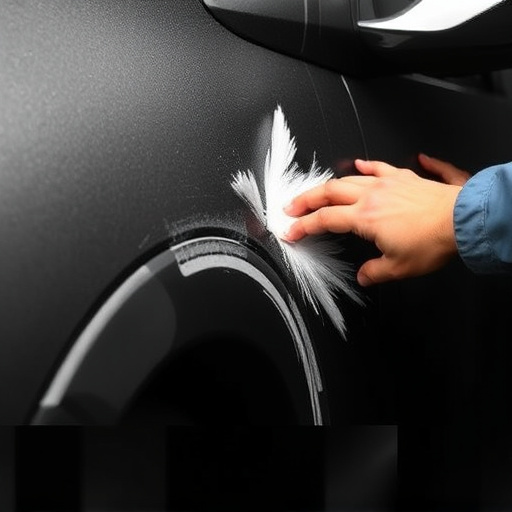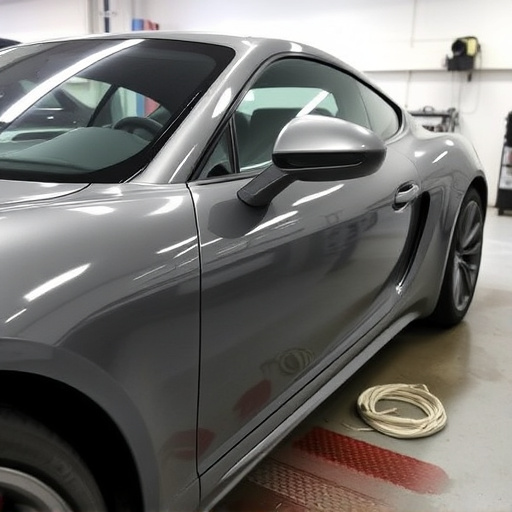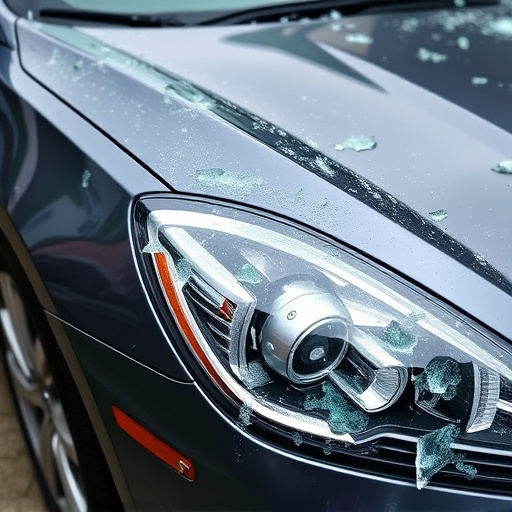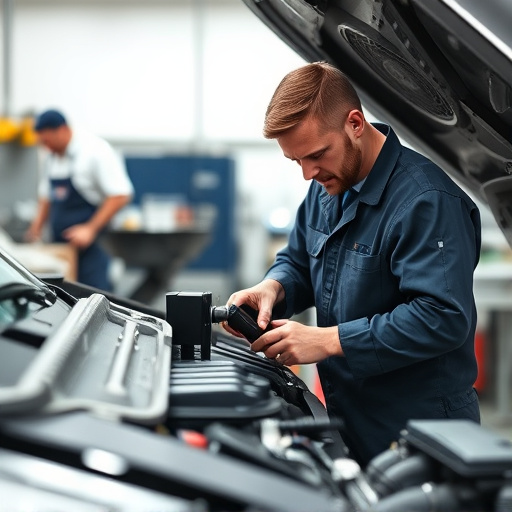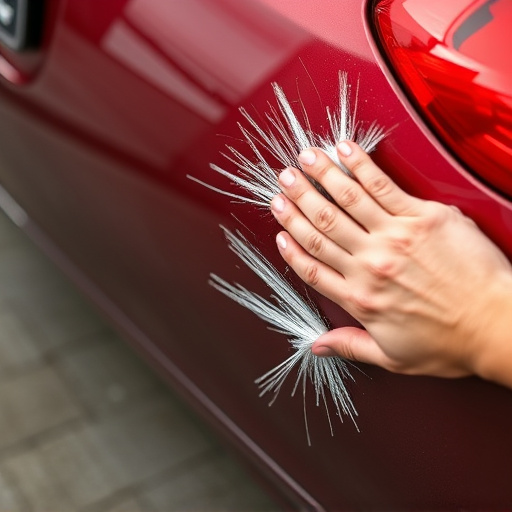Vehicle age, condition, and damage severity profoundly impact accident repair estimates. Older cars face higher labor costs and part availability issues, while modern vehicles may struggle with specialized repairs as they age. Severity dictates complex assessment challenges from minor scratches to total loss, influencing market-driven estimates. Regional pricing variations and competition significantly affect collision damage repair costs, emphasizing the importance of comparing quotes for fair estimates.
Accident repair estimates can vary widely, influenced by several factors that impact vehicle restoration costs. This article delves into key elements shaping these estimates, focusing on vehicle age and condition, damage extent, and market value dynamics across regions. Understanding these factors is crucial for both insurers and vehicle owners to ensure accurate assessments and cost-effective repairs following accidents. By exploring wear and tear versus modern vehicles, minor scratches to total loss assessments, and regional pricing fluctuations, we provide insights into the complex world of accident repair estimates.
- Vehicle Age and Condition: Wear and Tear vs. Modern Vehicles
- Damage Extent: Minor Scratches to Total Loss Assessments
- Market Value and Regional Fluctuations in Pricing
Vehicle Age and Condition: Wear and Tear vs. Modern Vehicles
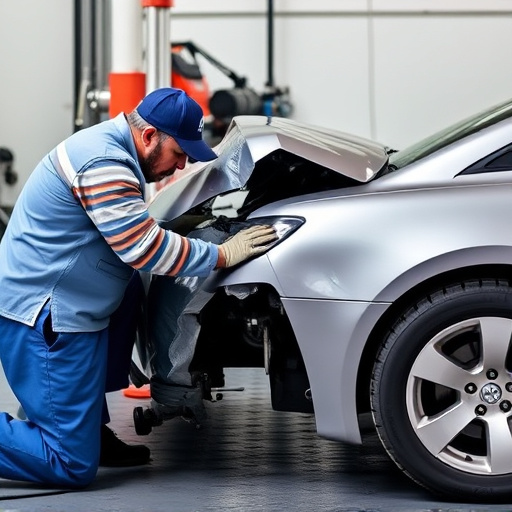
The age and overall condition of a vehicle play a significant role in shaping accident repair estimates. Older vehicles, often subjected to years of wear and tear, typically involve more extensive repairs compared to modern models. As parts age, they may become harder to source, adding complexity to the restoration process. Moreover, older cars might have unique or specialized components that require specialized knowledge and tools for replacement, driving up labor costs.
In contrast, modern vehicles benefit from advanced engineering and manufacturing processes. Their electronic systems and sophisticated safety features often simplify repair procedures, making certain damages more manageable. Auto maintenance for newer cars may also be less frequent due to improved durability, reducing the risk of costly unexpected repairs. However, as these vehicles age, they too will face similar challenges related to part availability and specialized labor requirements, potentially impacting collision repair shop estimates over time.
Damage Extent: Minor Scratches to Total Loss Assessments
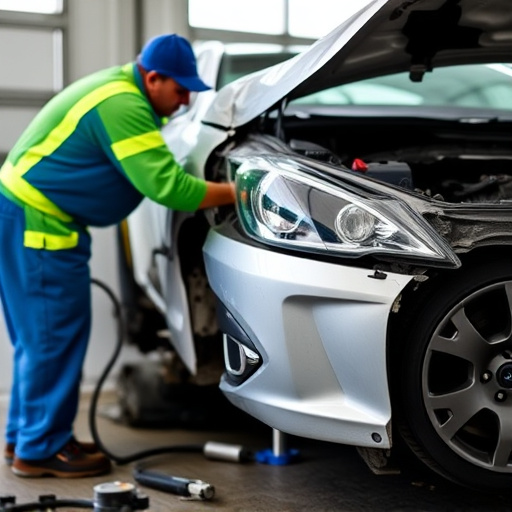
The extent of damage to a vehicle plays a significant role in determining accident repair estimates. While minor scratches and dents might seem like simple fixes, they contribute to overall assessment complexity. These repairs often require skilled technicians using specialized tools for car dent repair or even car paint repair, depending on the severity. Even seemingly small issues can impact the final bill due to labor costs associated with precise alignment and painting.
On the other hand, total loss assessments consider extensive damage that compromises a vehicle’s structural integrity. In such cases, the focus shifts from repairing individual components to assessing the overall value of the vehicle. This often involves comparing the cost of replacement parts and labor against the vehicle’s market value, especially when considering factors like age, make, and model. Accurate damage assessment is crucial for fair accident repair estimates, ensuring owners receive appropriate compensation while auto repair shops maintain profitability.
Market Value and Regional Fluctuations in Pricing
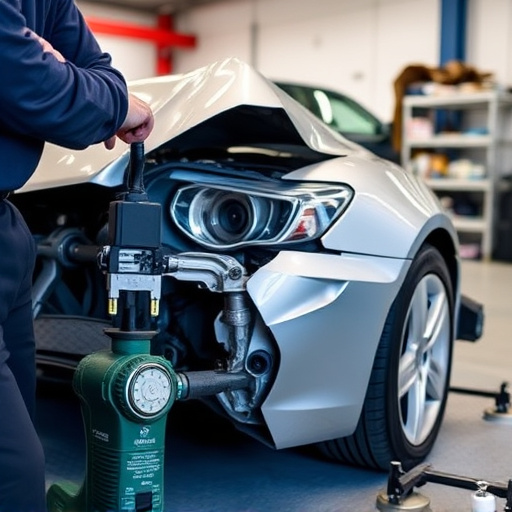
The market value of a vehicle plays a significant role in accident repair estimates. Older or less popular models might have lower replacement costs, while new or high-end cars can command higher prices for both parts and labor. This regional fluctuation in pricing is also notable; urban areas with a high demand for car repairs may see increased rates due to the competitive nature of the market. According to recent trends, factors like location, availability of specialized car repair shops (like automotive collision repair centers), and competition among service providers can drastically impact the cost of collision damage repair.
For instance, in densely populated regions with numerous car repair shops, businesses might offer more affordable accident repair estimates to attract customers. Conversely, areas with fewer options may have higher prices due to reduced competition. These regional variations highlight the importance of comparing quotes from different car repair shops when dealing with accident repairs, ensuring you get the best value for your vehicle’s restoration.
Accident repair estimates are a complex interplay of various factors, including vehicle age and condition, damage extent, and regional market value fluctuations. Understanding these elements is key to accurate assessments. As modern vehicles differ significantly in wear and tear from older models, and damage ranges from minor scratches to total loss, precise estimating requires careful consideration. Moreover, regional pricing variations necessitate a nuanced approach to ensure fair and competitive accident repair estimates.
